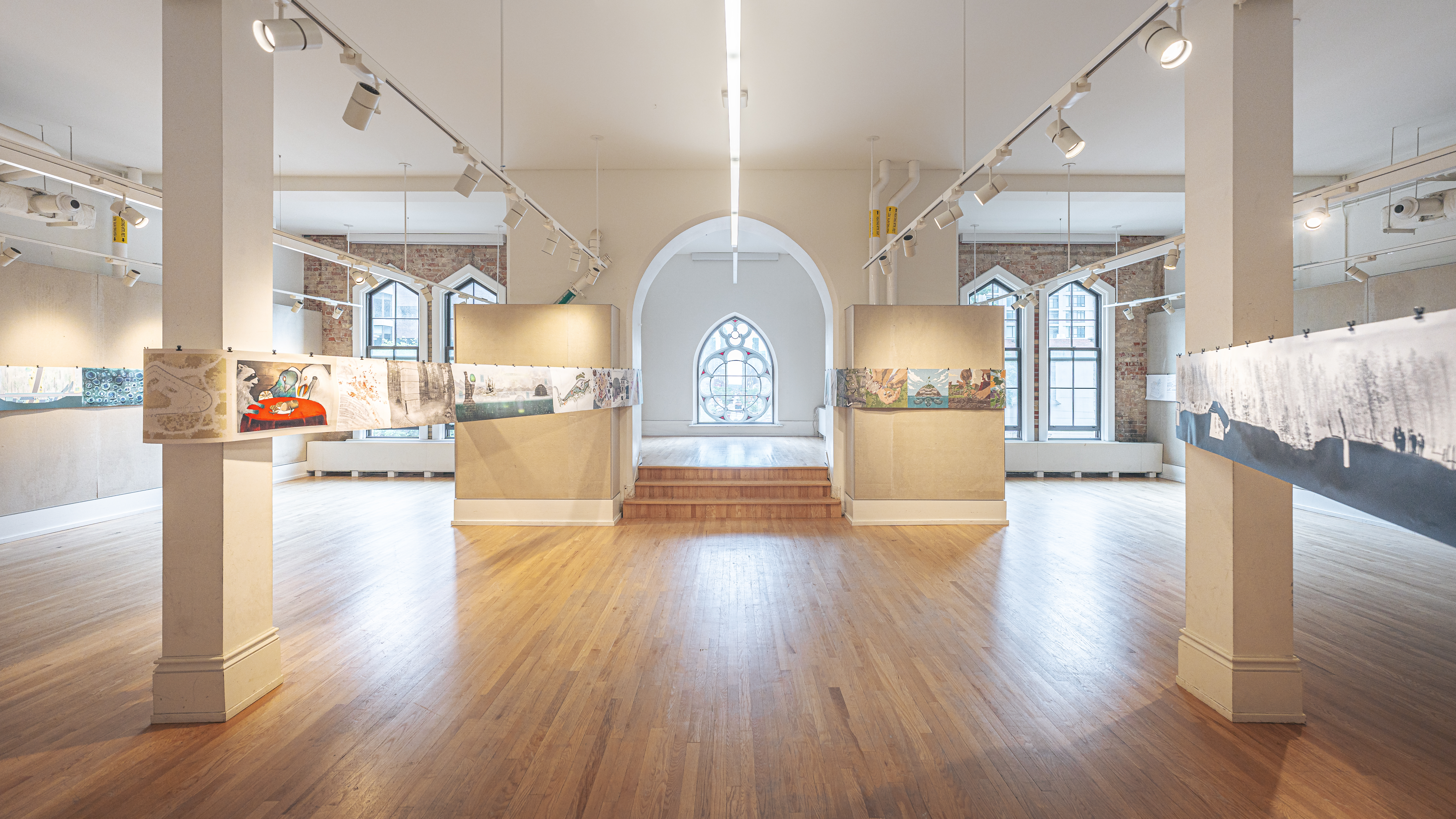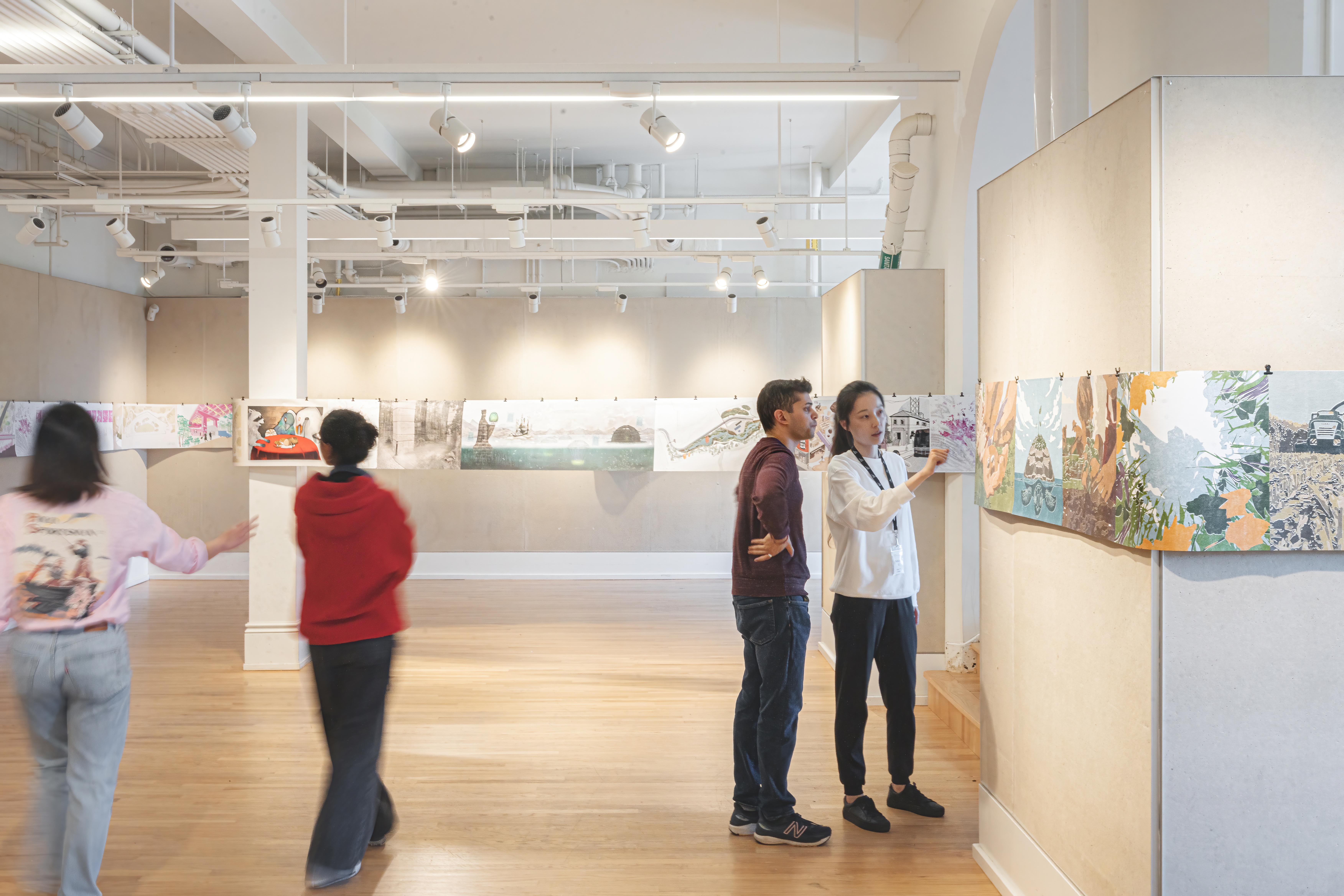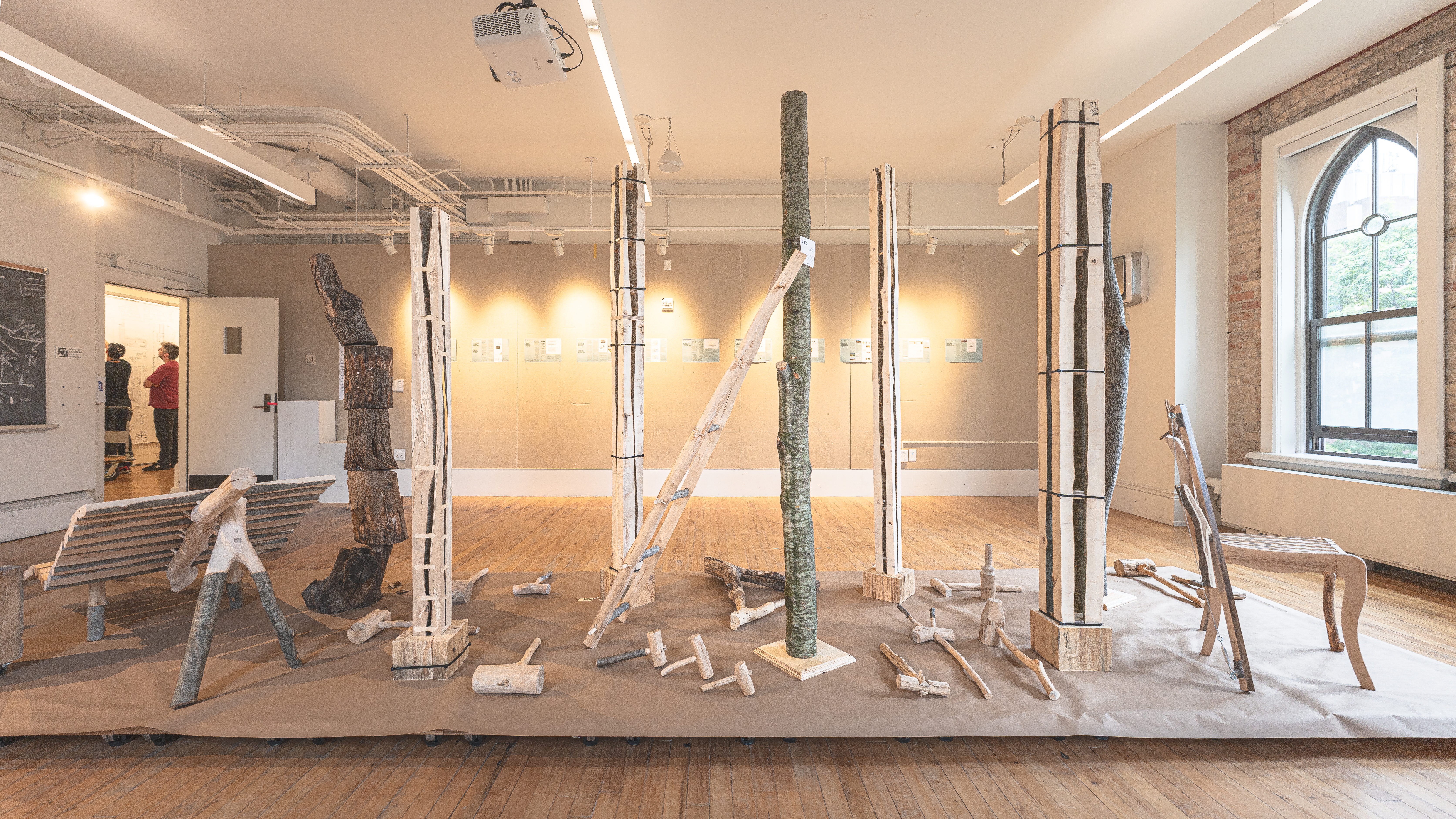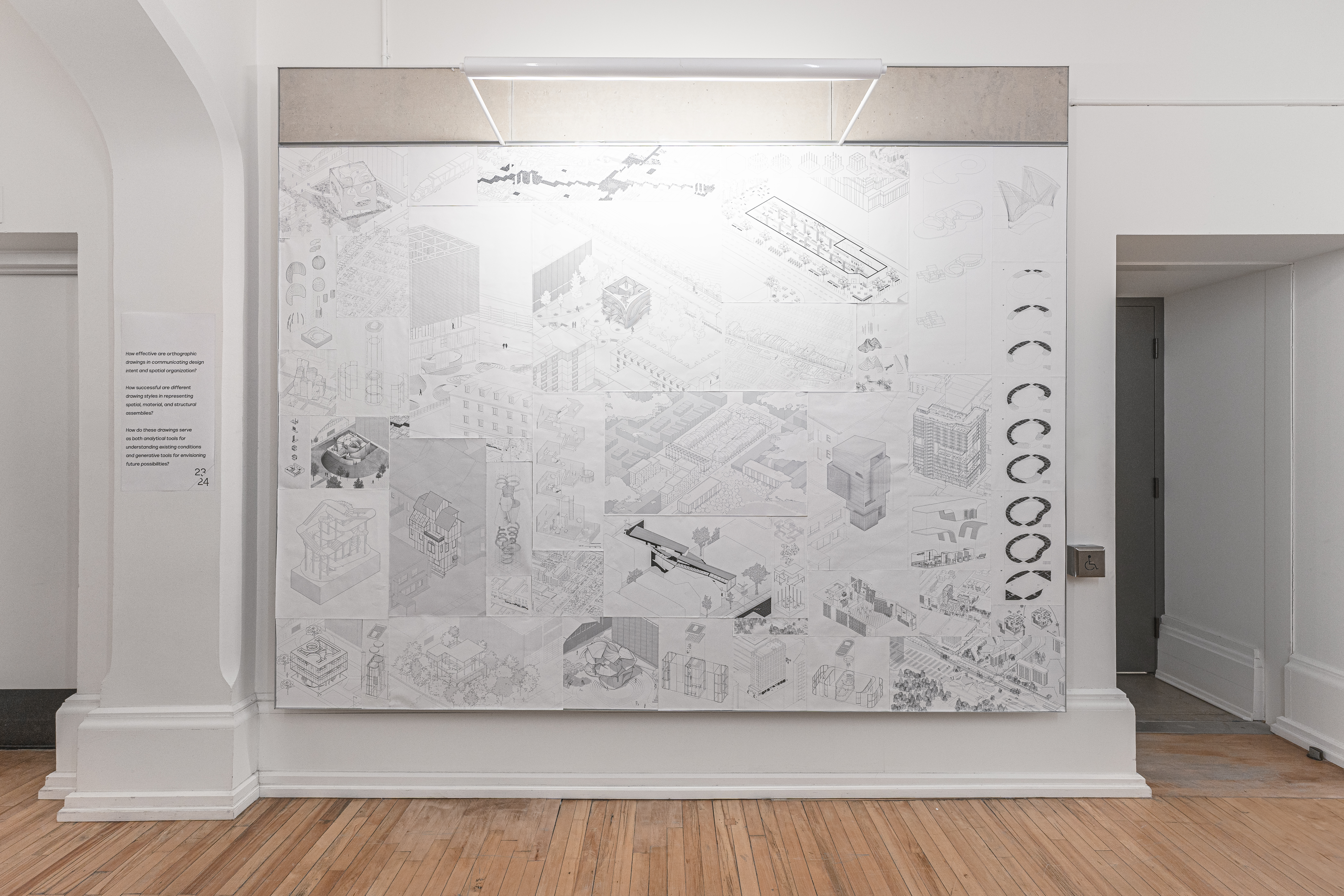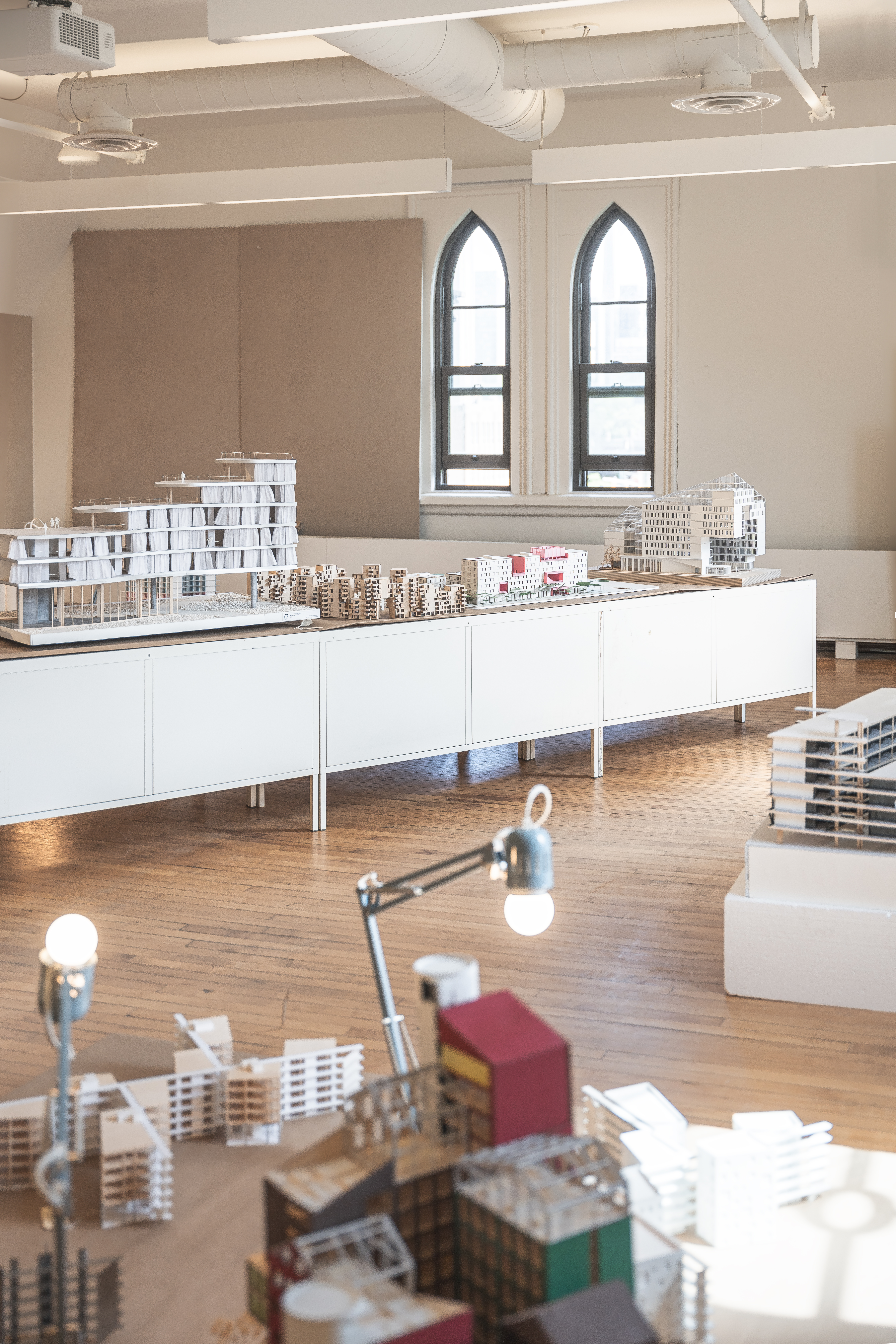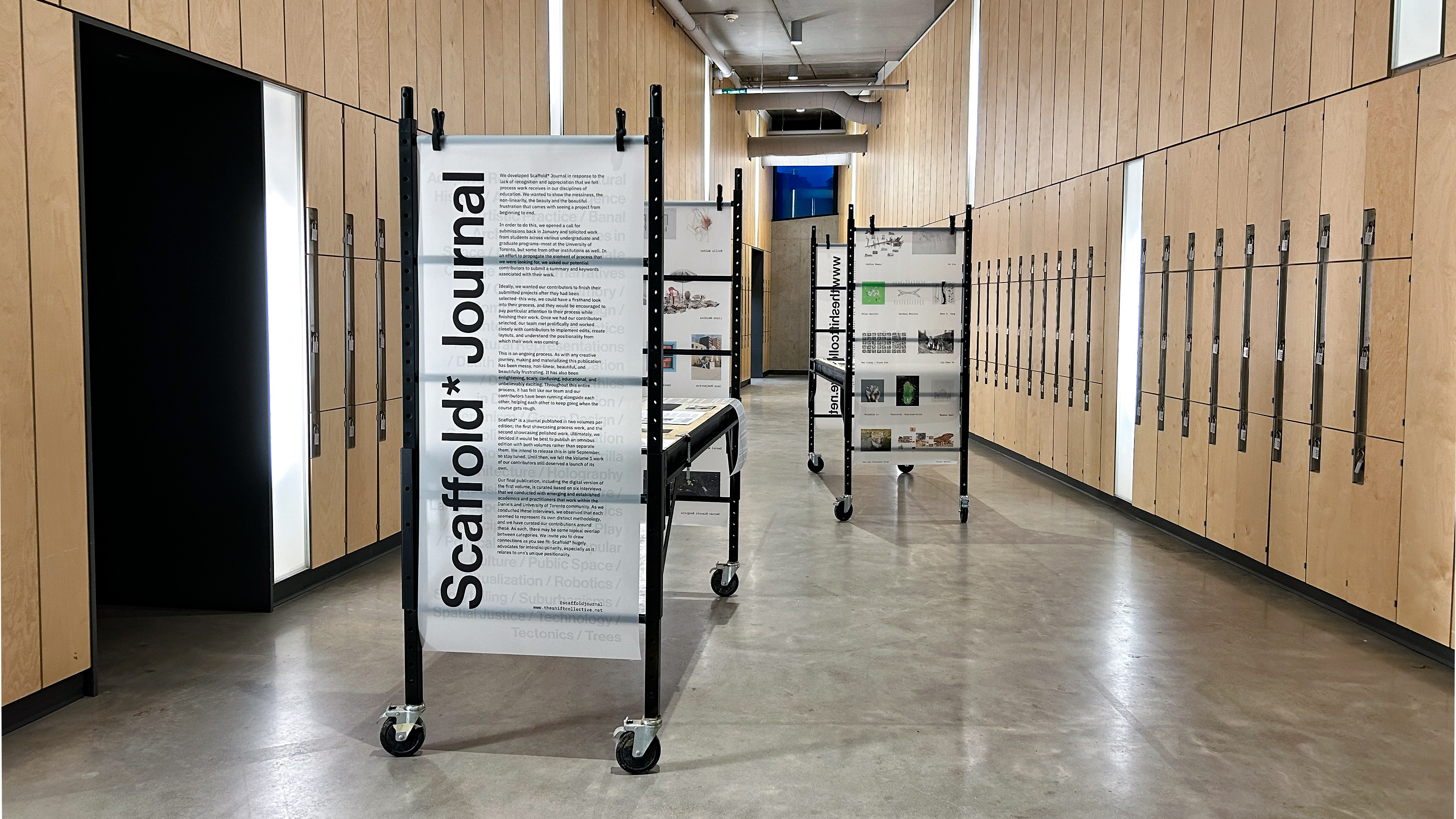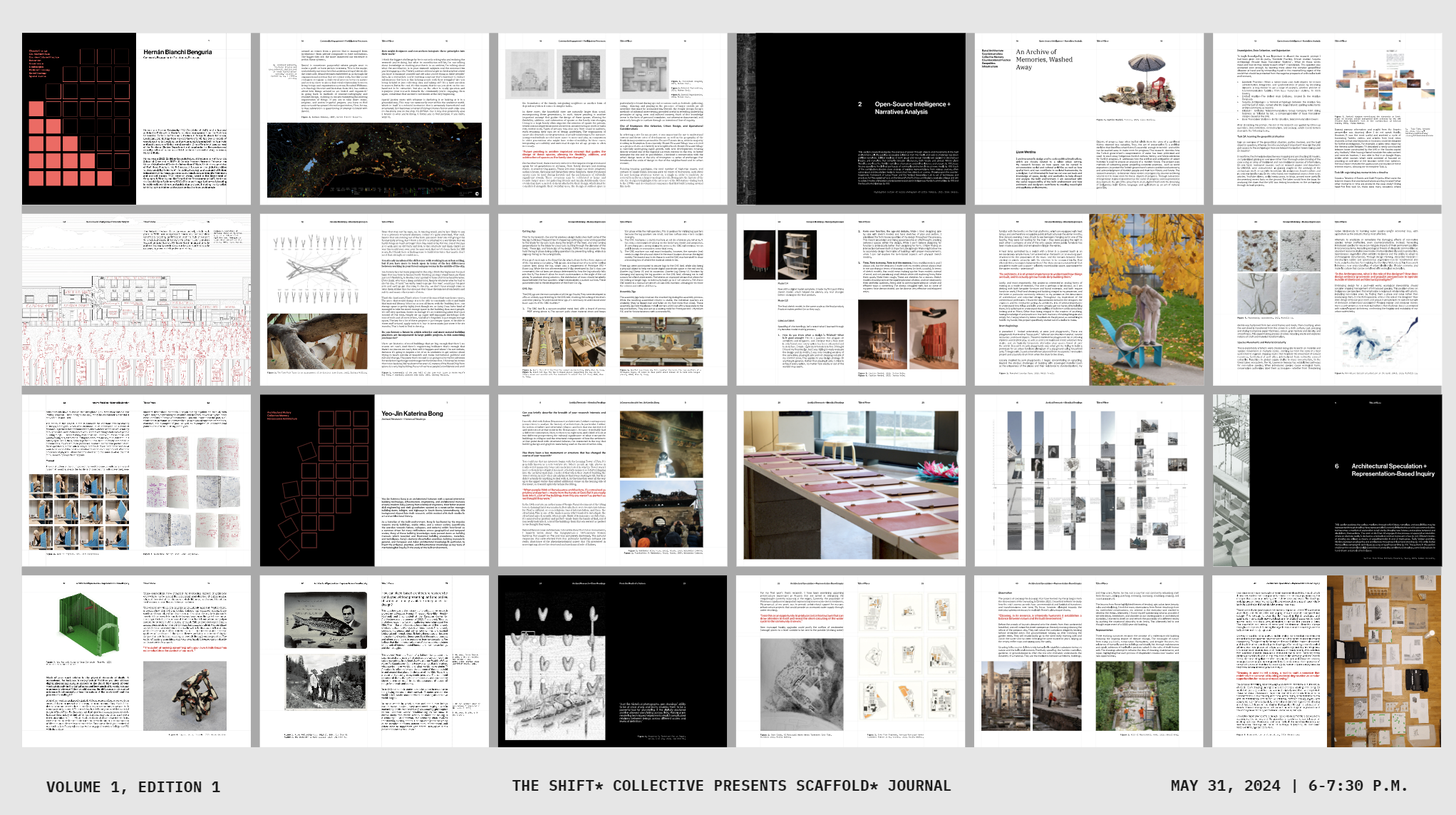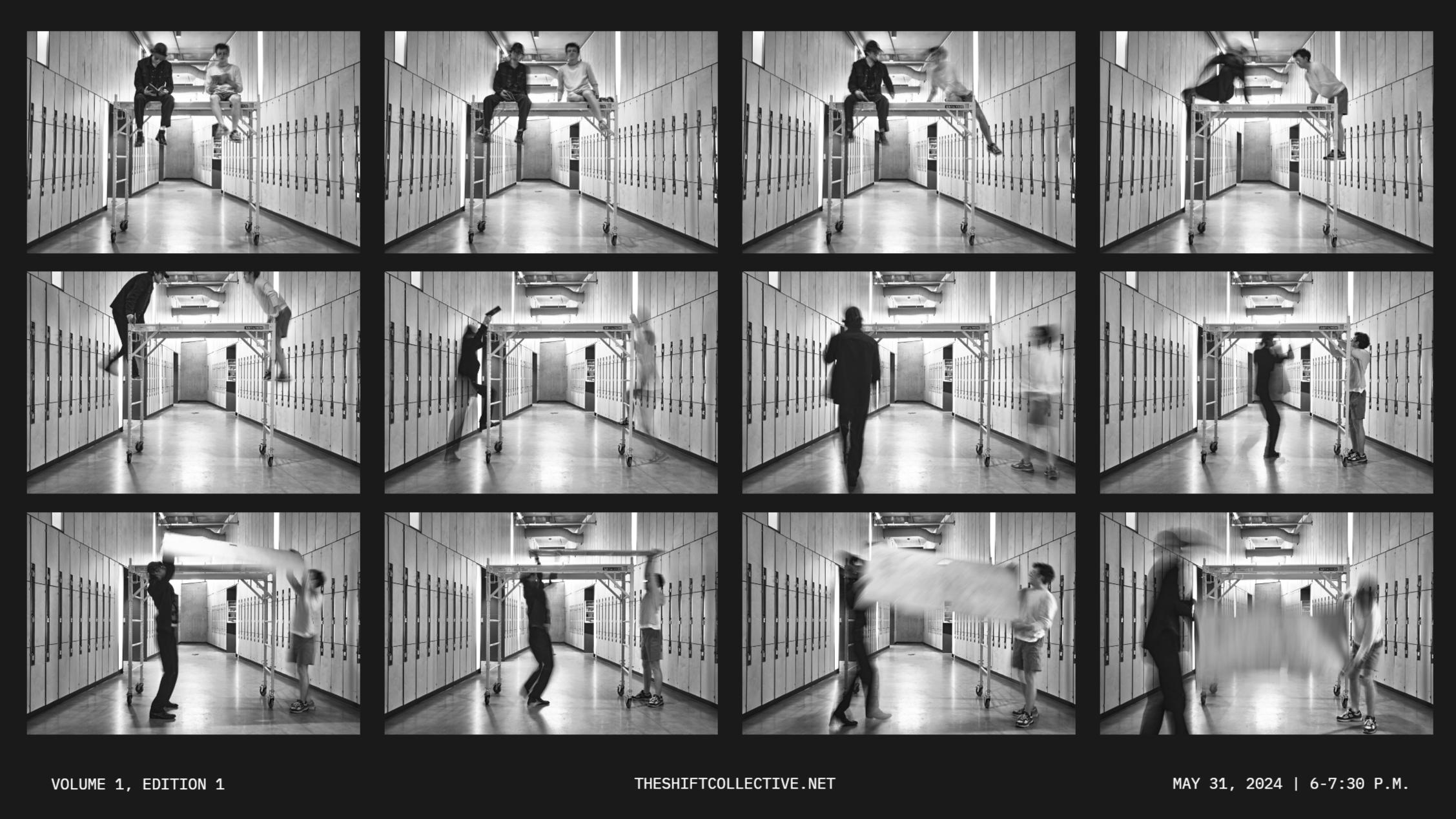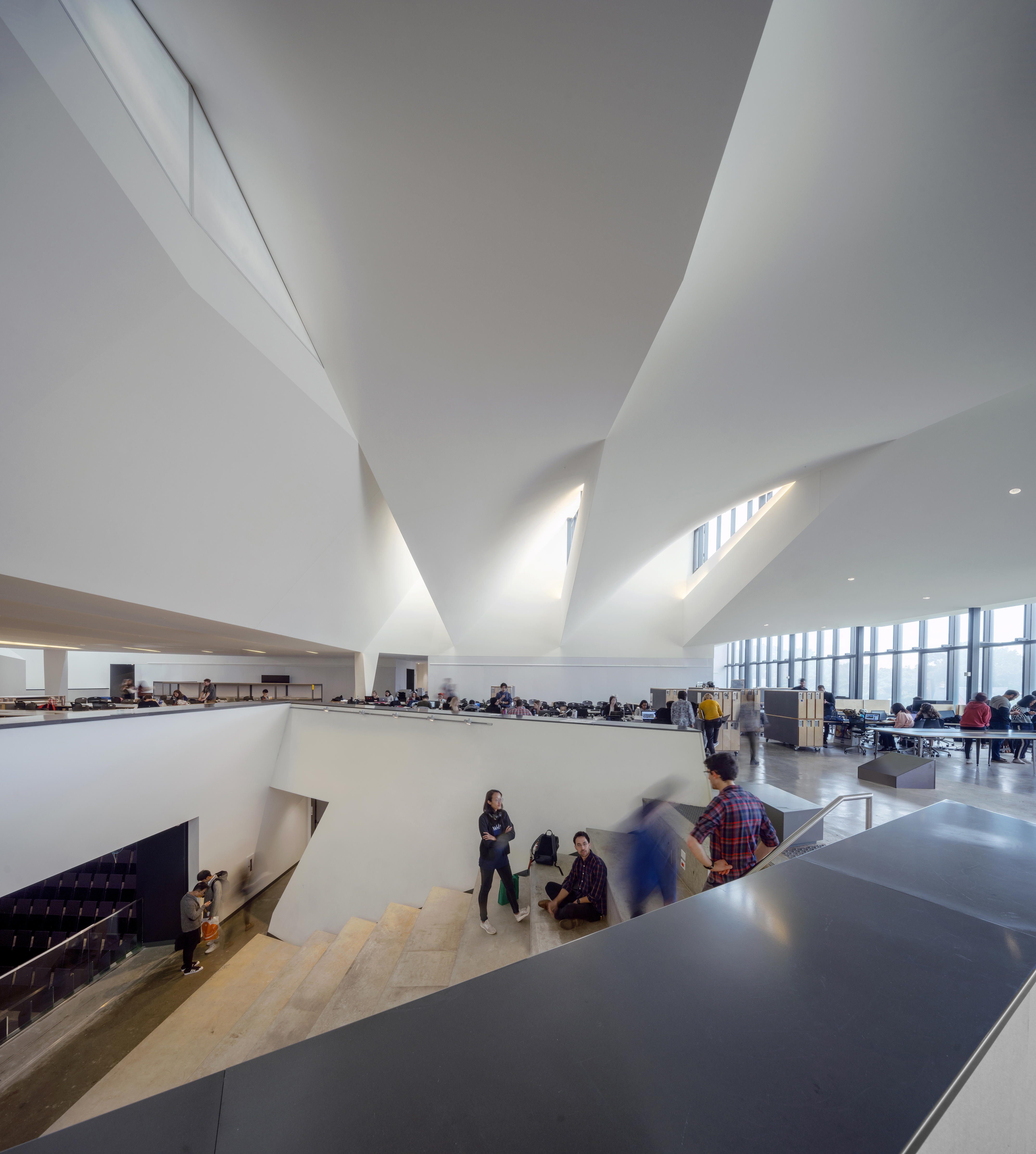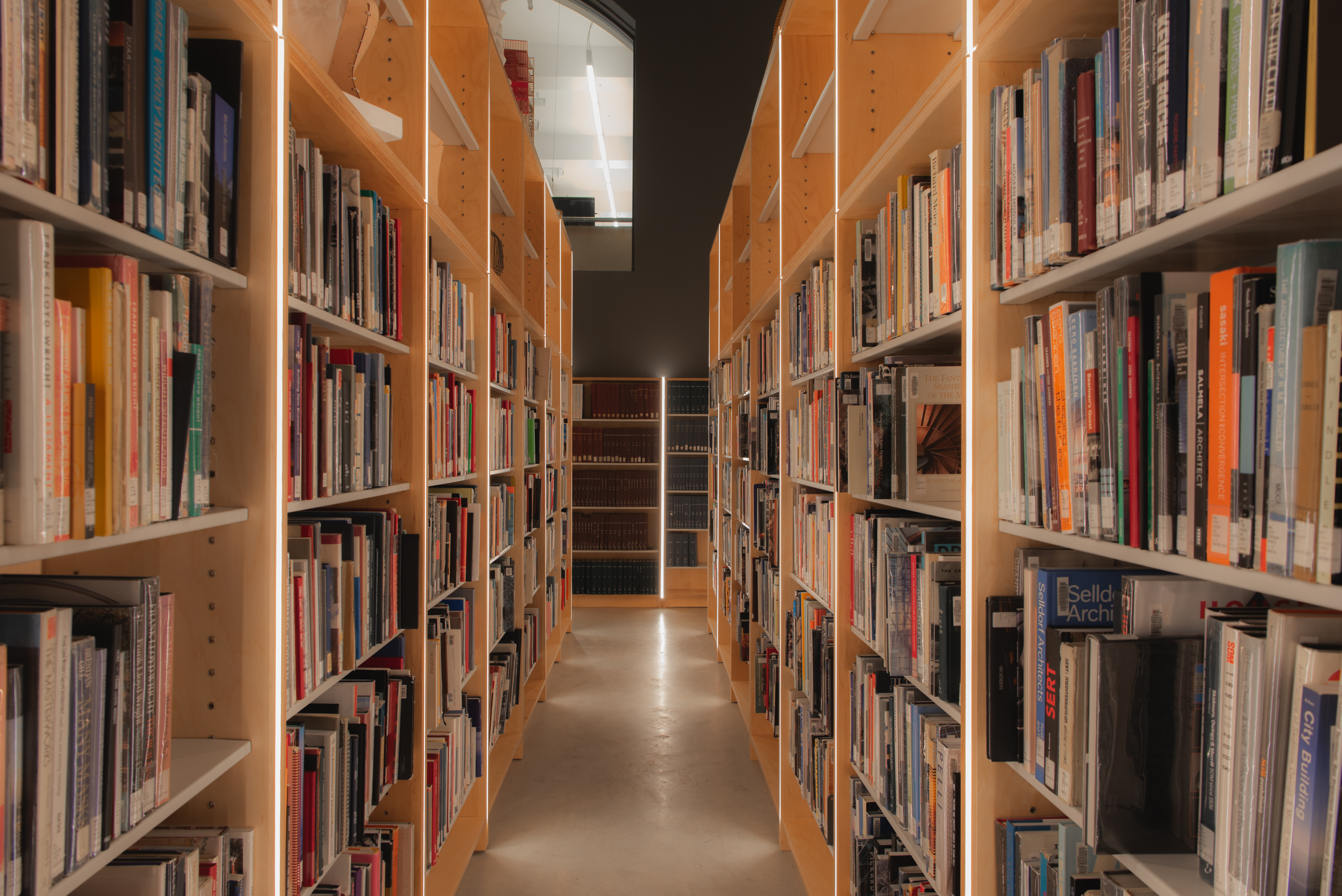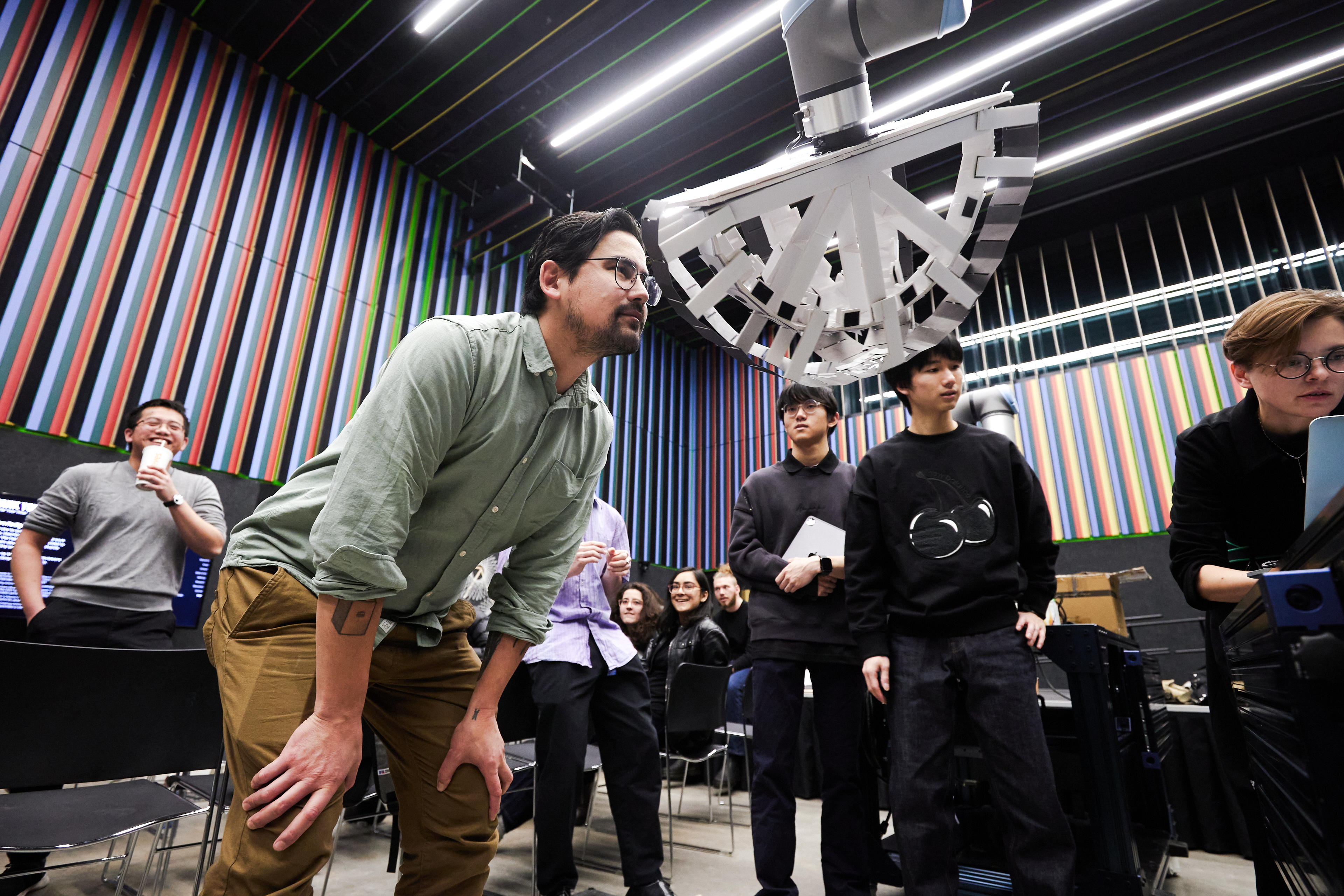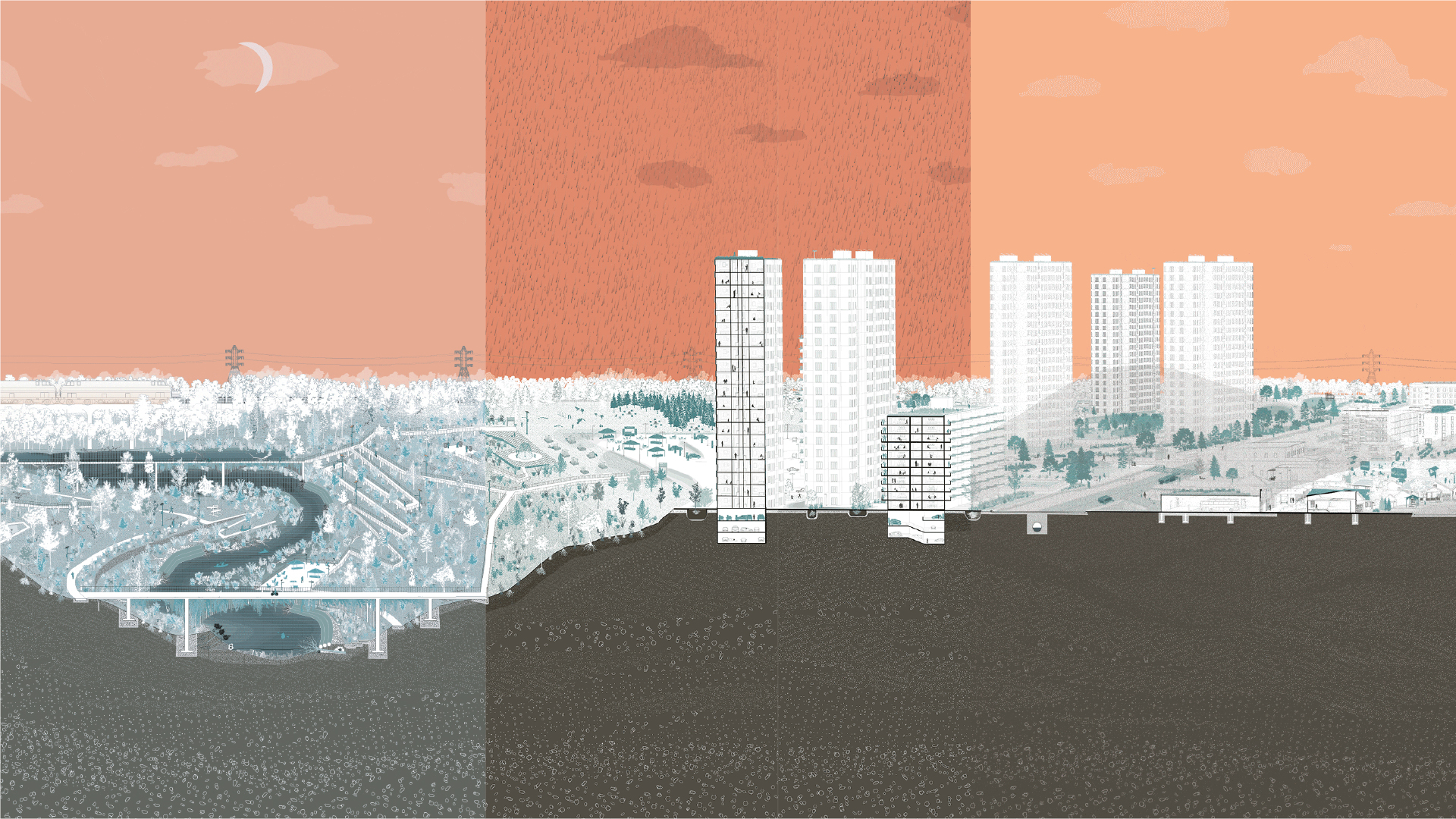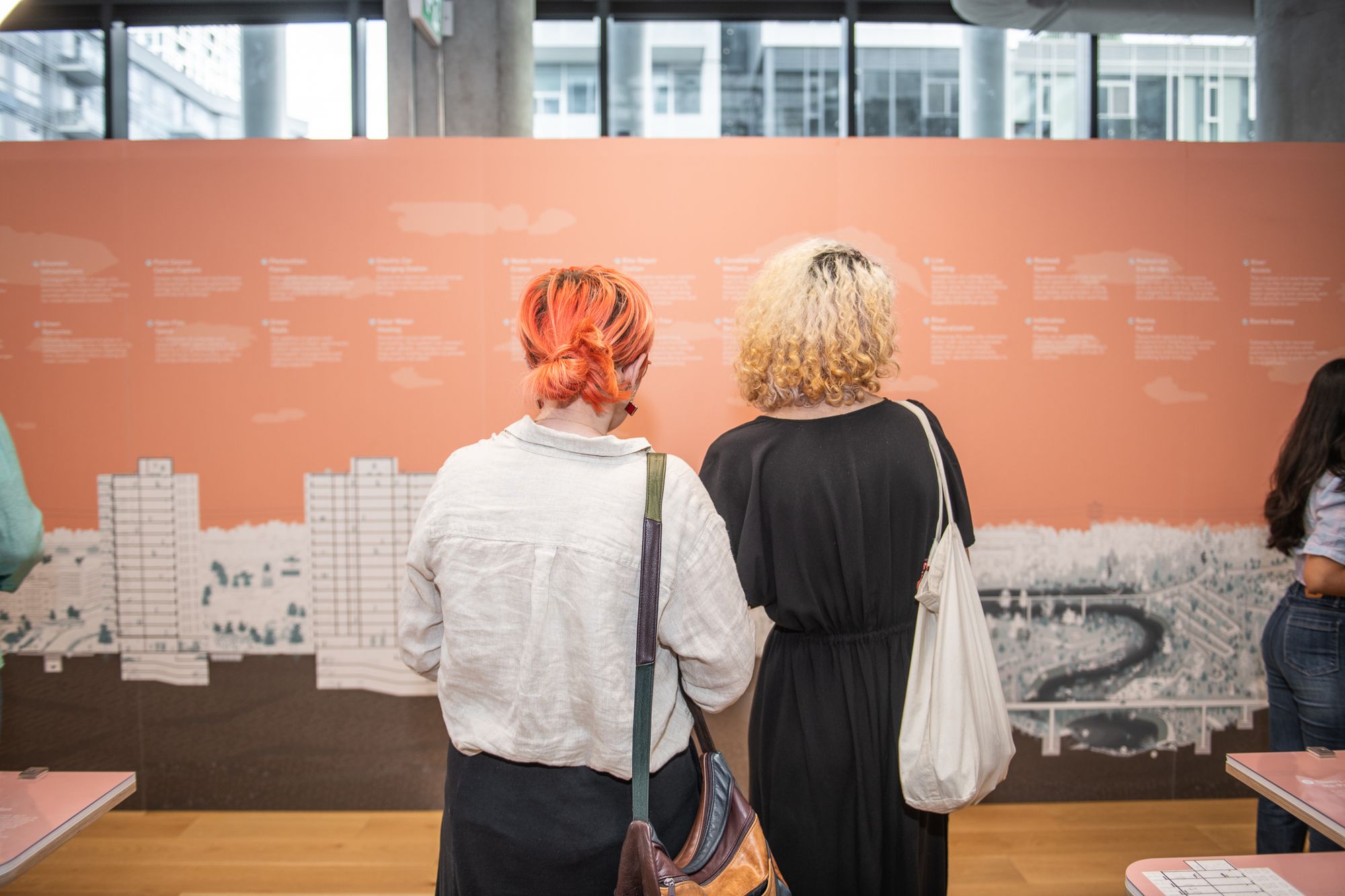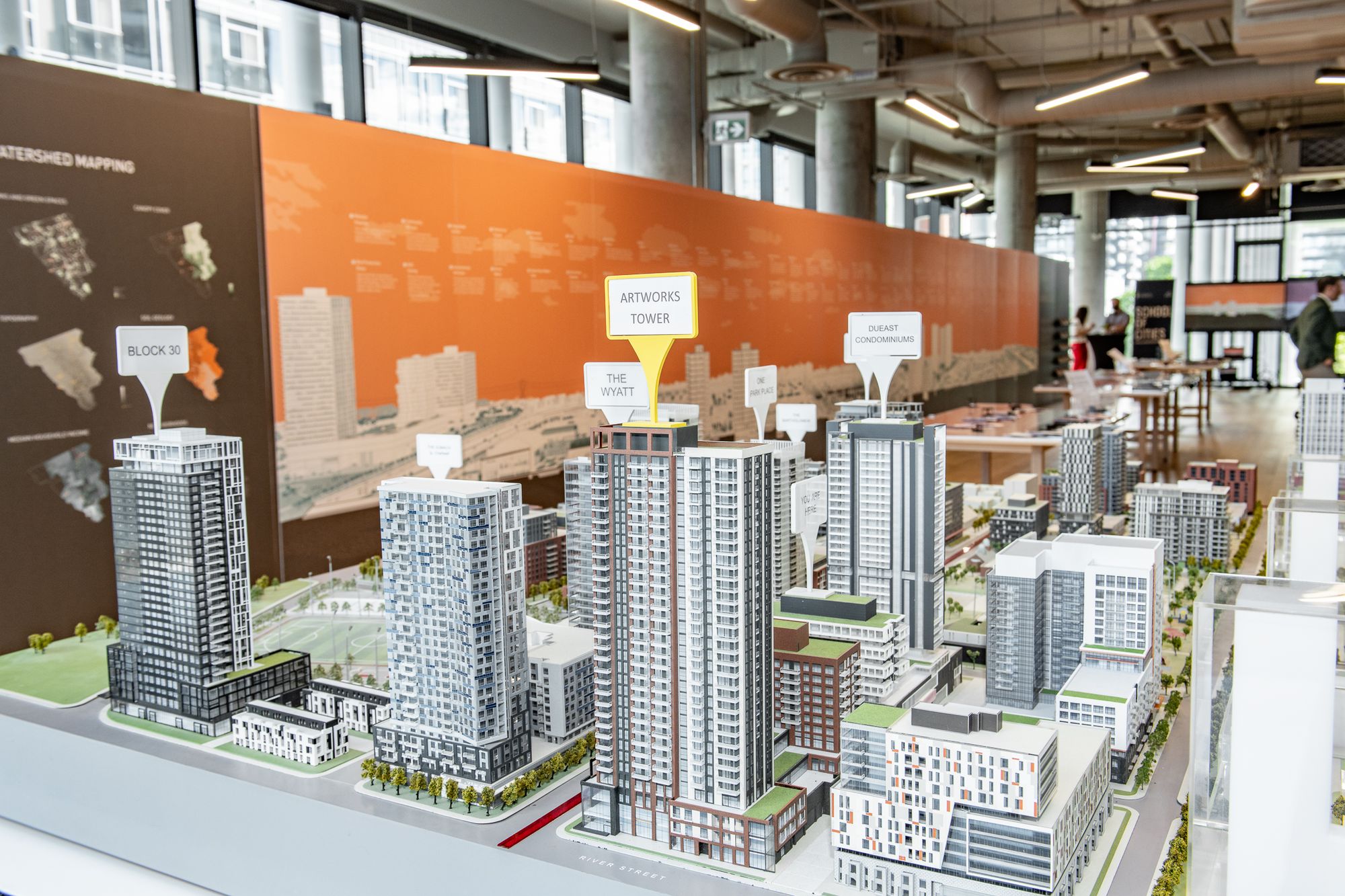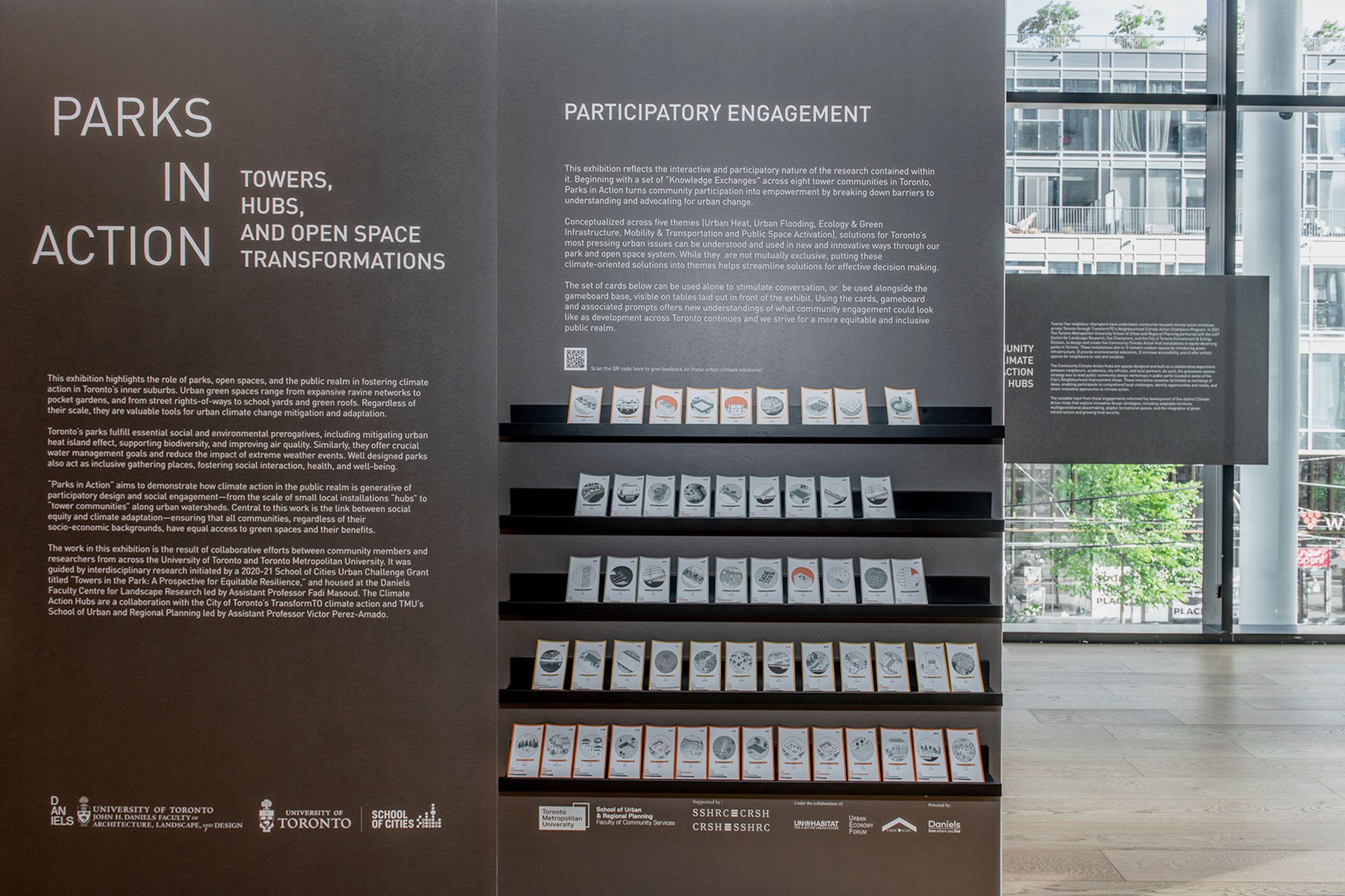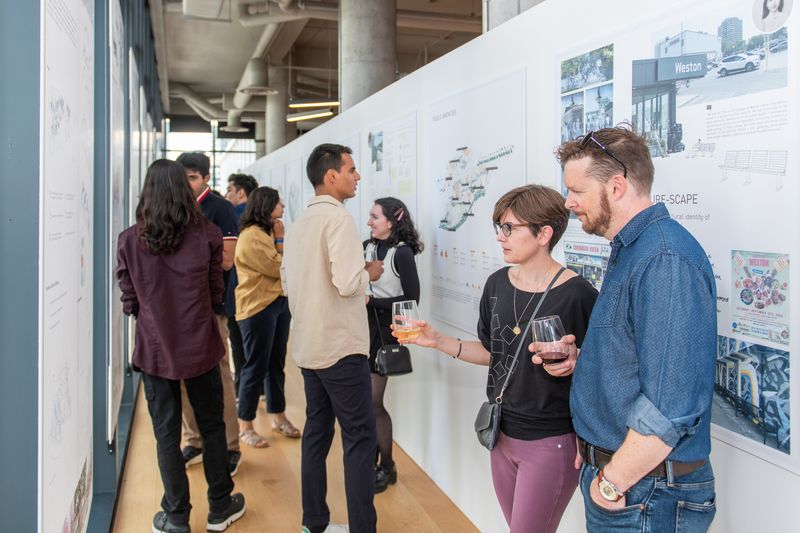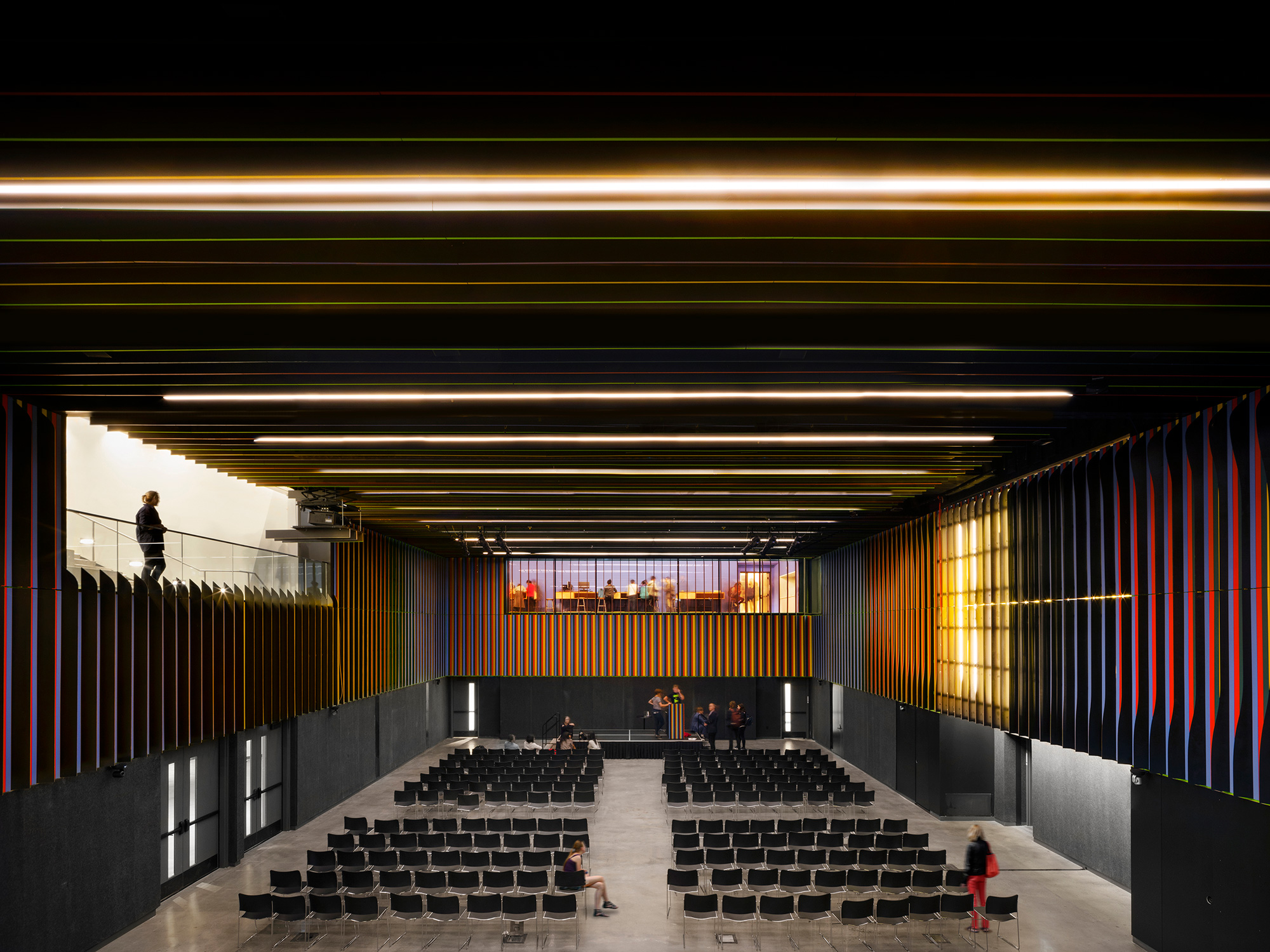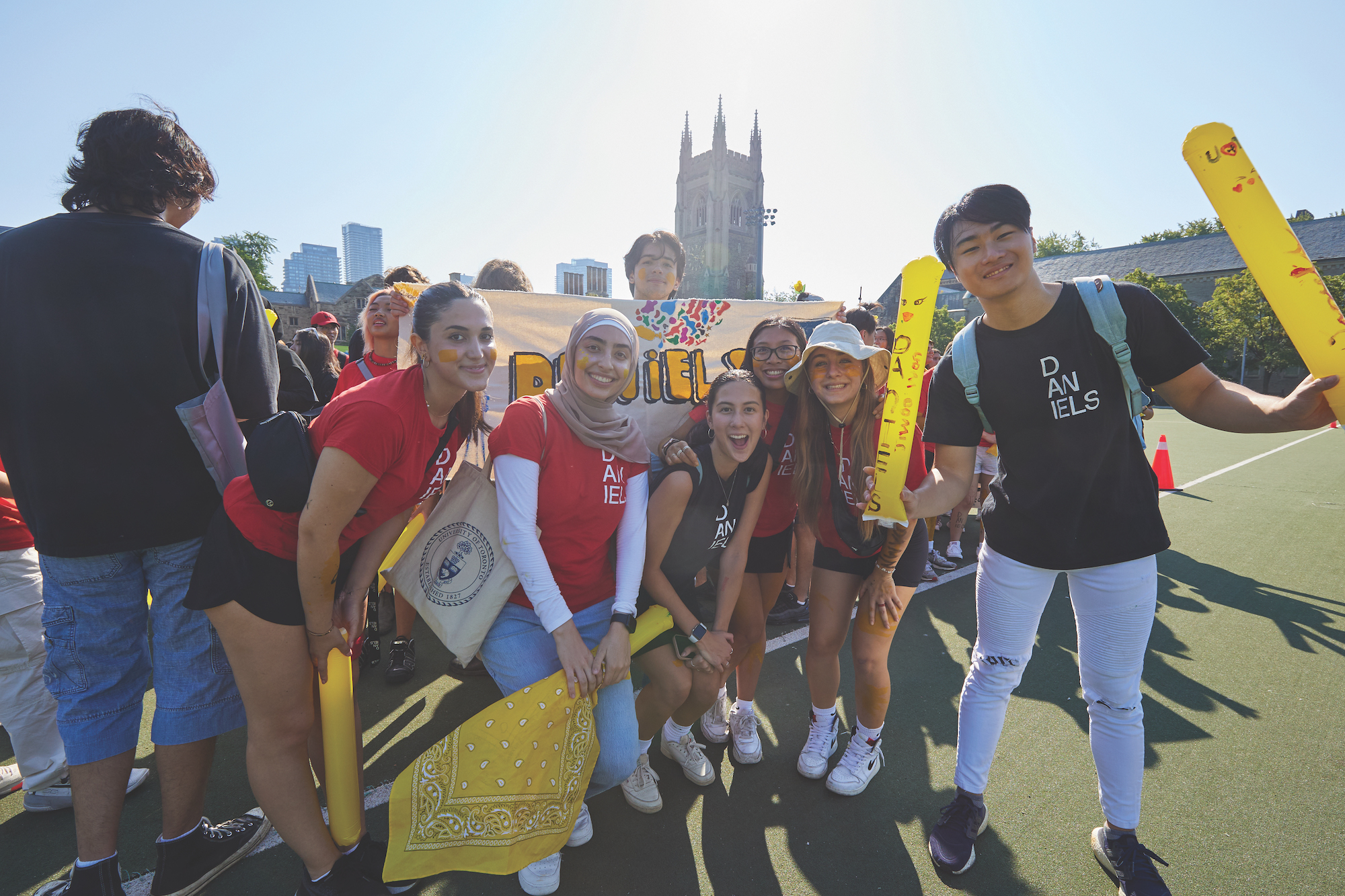
14.03.24 - You’ve been accepted to U of T! Here’s what comes next
Congratulations on your admission to the University of Toronto’s John H. Daniels Faculty of Architecture, Landscape, and Design—an unparalleled centre for learning and research offering graduate programs in architecture, landscape architecture, forestry, urban design and visual studies, as well as unique undergraduate programs that use architecture and design as bases for pursuing a broader education.
When you choose to join us at Daniels, you’ll be a part of and have access to:
- The No. 1 university in Canada, the most sustainable university in the world, plus the fourth-best public university in North America and 12th worldwide
- A dynamic downtown campus in the heart of Canada’s largest and most diverse city
- Unparalleled extracurricular opportunities, including varsity athletics, clubs, international exchange programs and leadership/mentorship
- Canada’s No. 1 university for graduate employability and top 20 globally
- The highest scholarship and financial funding amongst all Canadian universities
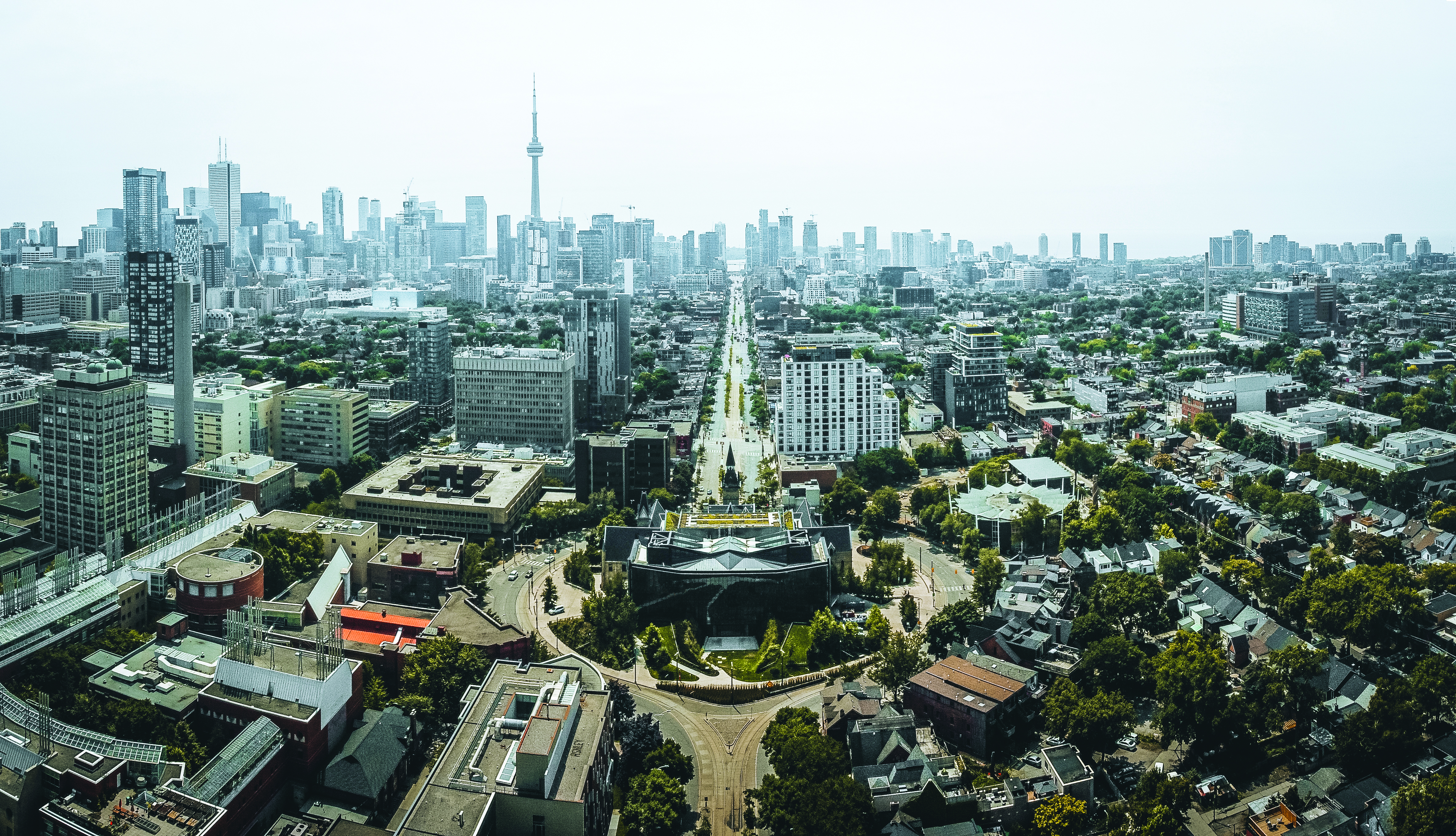
At the Daniels Faculty, the environment in which our students learn and congregate is as unique as our program offerings. Our hub at 1 Spadina Crescent—the Daniels Building—is a bold work of architecture and landscape on a prominent urban site between U of T’s St. George campus and the vibrant centre of Toronto. Across Spadina Crescent, the North and South Borden buildings (home to our visual studies programs) and the Earth Sciences Centre (HQ for forestry studies) complete the Faculty’s trifecta of sites.
Whether you’re travelling to Canada to begin your studies, navigating a move to Toronto, or choosing our Faculty to continue your academic journey—we’re here to support you in all the steps ahead.
So, what comes next?
Visit the Newly Admitted Students section of the Daniels website for resources, key contacts and important dates.
- New Undergraduate Students (BAAS, BAVS)
- New Graduate Students (MARC, MLA, MFC, MUD, MVS)
- New Research Stream Students (MScF and PhD programs)
Have a question? Get in touch with us!
Please feel free to contact the Office of the Registrar and Student Services.


